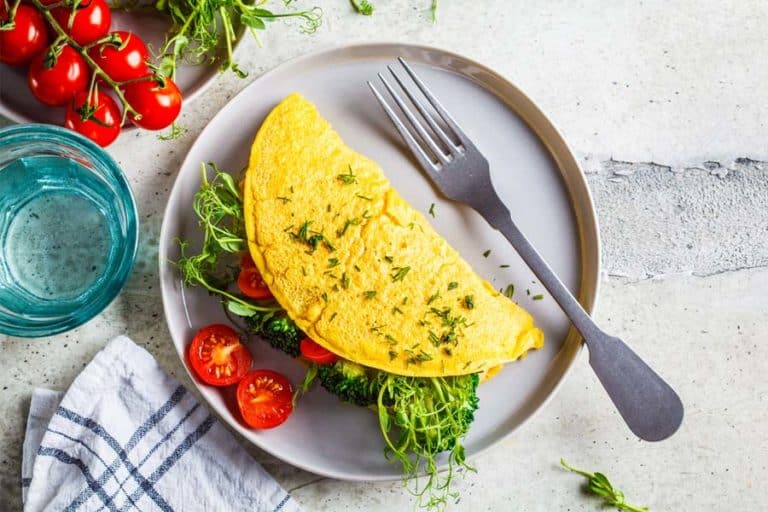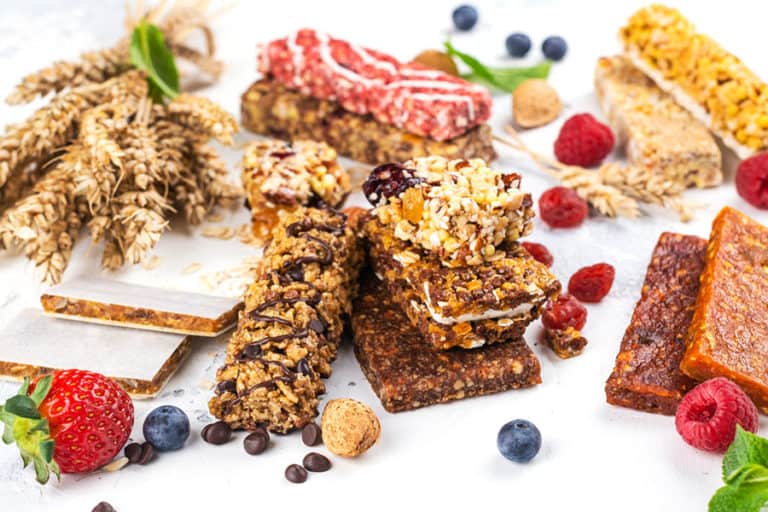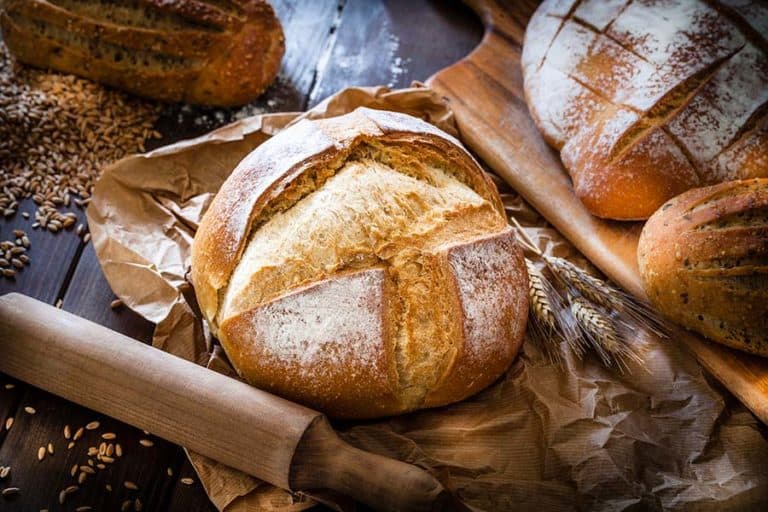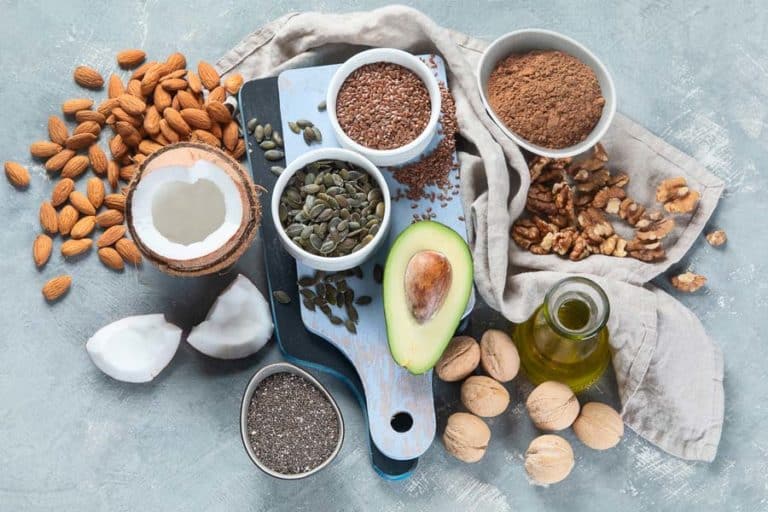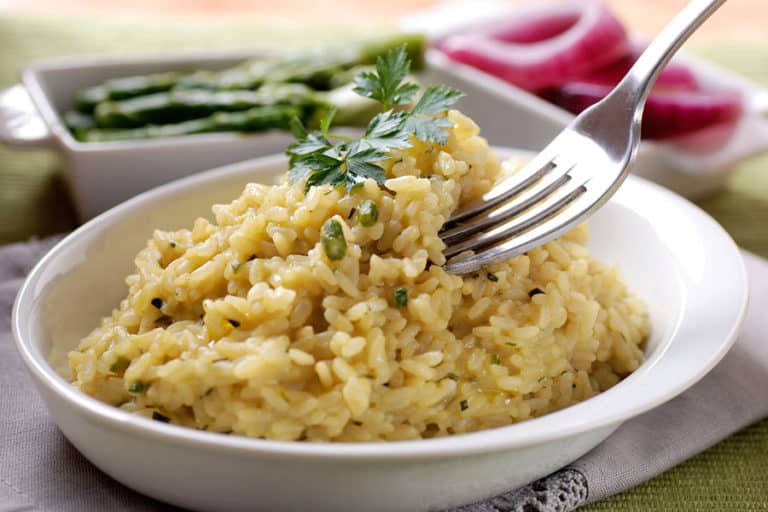Is Corn Gluten-Free? Is it Okay For A Gluten-Free Diet?
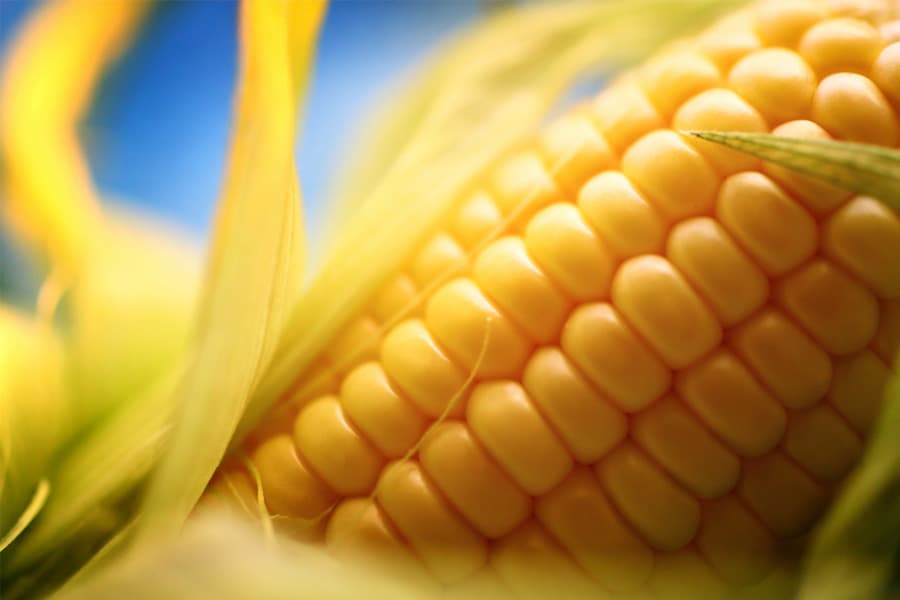
is corn gluten free | Common types | Unsafe corn products | Research and Findings | recipes | FAQ
Is corn gluten free?
Corn is naturally gluten-free. Unlike wheat, rye, or barley, corn does not contain gluten. So plain corn is safe for people with celiac disease and non-celiac gluten sensitivity.
However, when corn is processed and comes in contact with other grains, it may become cross-contaminated with gluten.
Understanding corn products
Corn comes in many forms, some of which are gluten-free and some of these may contain gluten. Here is a list of some common types of corn.
1. Corn flour
Corn flour is usually made by grinding whole corn kernels into a fine powder. It is gluten-free as long as the flour is 100% pure corn. [1]Beyond Celiac: Is Corn Gluten-Free? However, some brands may add wheat flour or other gluten-containing ingredients. Thus, if you are gluten intolerant, buy labeled gluten-free corn flour.
2. Corn starch
Corn starch is a powdery starch extracted from the corn kernel’s endosperm. It is a thickening agent in many food products, such as sauces, gravies, pies, puddings, and more.
Additionally, it’s used in pre-made gluten-free flour blends to produce a smoother texture.
Most corn starch is gluten-free, but some brands may be contaminated with gluten.
3. Hominy
Hominy is a type of dent corn that has been treated with an alkali solution. It is used to make grits, corn tortillas, and tamales.
While hominy is traditionally made by soaking corn kernels in a lime solution, some commercially manufactured hominy may carry traces of gluten due to cross-contamination.
4. Corn meal
Cornmeal is a meal (coarse flour) that is ground from dried corn kernels. It is used to make cornbread, muffins, pancakes, and more. Most cornmeal is gluten-free, but some brands may be contaminated with gluten.
5. Flint corn
Flint corn is a maize of variety that has hard and slightly translucent kernels. It has a hard kernel and a range of colors, including white, yellow, red, purple, blue, and black. Flint corn is used to make tortilla chips, hominy, and grits, among other things.
6. Popcorn
Popcorn is a popular snack food that is made from kernels of dried corn. The fresh corn kernels are heated until they pop and expand to create the fluffy, light, and airy snack that we know and love. Popcorn, in its basic form, is gluten-free.
However, not all popcorn flavors and brands are safe for gluten-free people. Be sure to check the ingredients list for any potential gluten-containing additives before consuming the same.
7. Sweet corn
Sweetcorn is the only type of edible corn that is eaten as a vegetable rather than a grain. It has a higher sugar content than other types of corn and is typically eaten cooked off the cob or broken off into kernels (also called “corn niblets”). Canned sweetcorn is also popular on the market.
8. Ornamental corn
Ornamental corn includes any corn that is grown for decorative purposes rather than food or feed production. Ornamental varieties come in many colors, including white, yellow, pink, blue, purple, red, and multi-colored/striped kernels.
Corn products unsafe for a gluten-free diet
Below is a list of some common items made from corn that are unsafe for people with celiac disease or gluten intolerance. This list will help reduce your risk of unknowingly consuming any gluten-containing corn foods.
1. Corn soup
Most commercially-made soups contain wheat flour or other gluten-containing ingredients as a thickener. Even if the soup is made with corn, the gluten can still find its way into the soup during the manufacturing or cooking process.
Additionally, many brands of corn soup are packaged and sold with crackers or bread, which further increases the risk of gluten contamination.
If you are on a gluten-free diet, it is best to avoid commercially-made corn soup and opt for a homemade soup made with gluten-free ingredients.
2. Corn dog
A corn dog is a hot dog that has been coated in a cornmeal batter and fried. Although the batter is usually gluten-free, the hot dog is not.
Additionally, many corn dog brands are sold with pre-made dipping sauces or condiments that contain gluten.
3. Corn pudding
Corn pudding is a dish made with corn, milk, eggs, and flour (usually wheat flour). While some recipes for corn pudding are gluten-free, most are not. If you are on a gluten-free diet, avoid eating corn pudding unless you are sure that the recipe does not contain wheat flour or other gluten-containing ingredients.
4. Corn fritters
Corn fritters are deep-fried food made from a batter of cornmeal, flour, egg, and milk. However, many recipes include wheat flour, which makes them off-limits for people following a gluten-free diet. However, there are a few recipes for gluten-free corn fritters that use alternative flour, such as almond flour or coconut flour.
5. Cornflakes
Corn flakes are the most popular breakfast cereal. Since the main ingredient is milled corn, most people assume the cereal is gluten-free. However, it also contains malt flavor, which has gluten in it and is not safe for those who have celiac disease or a gluten allergy.
What does the research say?
Some people report feeling ill after consuming corn. This could be due to a cross-reaction between the proteins in corn and gluten, or it could be due to an intolerance to components of corn, such as zeins. [2]Science Direct: Zein
Corn contains a substance known as “corn gluten,” but this is not the same gluten that people with celiac or gluten sensitivity need to avoid. Nevertheless, studies [3]National Library of Medicine: Gut mucosal granulocyte activation precedes nitric oxide production: studies in coeliac patients challenged with gluten and corn suggest that corn gluten affects the body in a similar way to how gluten protein does in wheat, barley, and rye.
Although the reaction to corn in celiacs is rare, it is estimated that 10-18% of people with celiac disease may have cross-reactivity to corn. [4]National Library of Medicine: Maize Prolamins Could Induce a Gluten-Like Cellular Immune Response in Some Celiac Disease Patients Corn intolerance symptoms include nausea, vomiting, diarrhea, indigestion, and cramping.
Thus, there is advice circulating in the gluten-free community suggesting that people with celiac disease or gluten sensitivity should avoid corn.
However, the scientific evidence is insufficient to prove that corn is unsafe for people with celiac disease or gluten intolerance.
Gluten-free corn recipes
If you are on a gluten-free diet, there are several corn dishes you can cook at home- roast it, grill it, sauté it, or boil it. You can add corn to other dishes, such as salads, stir-fries, or rice dishes. However, check the ingredients of any other foods you add to ensure they are also gluten-free.
1. Gluten-free corn casserole
Casserole is a comfort food that is usually made with wheat flour or other gluten-containing ingredients. However, this gluten-free corn casserole recipe uses corn meal instead.
Ingredients: 3 eggs, 1 can creamed corn, 1/3 cup sugar, 4 tablespoons melted butter, 1/2 cup gluten-free flour, 6 tablespoons gluten-free cornmeal, 2 tablespoons baking powder, 2 cups corn.
Method to prepare
- Preheat oven to 350 degrees Fahrenheit.
- In a large bowl, whisk together the eggs, creamed corn, sugar, and melted butter in a large bowl.
- In a separate bowl, whisk together the flour, cornmeal, and baking powder.
- Add the dry ingredients to the wet ingredients and mix until well combined.
- Stir in the corn kernels.
- Pour the batter into a greased baking dish.
- Bake for 40-45 minutes, or until the casserole is set and golden brown on top.
2. Gluten free corn pudding
This simple pudding recipe is made with just a few ingredients and can be easily adapted into your gluten-free diet.
Ingredients: 3 cups cooked sweet corn kernels, 2-3 spoons of butter, 1/2 cup gluten-free cream, 1 tablespoon sugar; and salt and pepper to taste.
Method to prepare
- Melt the butter in a large pot over medium heat.
- Add the corn kernels and sugar and cook for 5 minutes, stirring occasionally.
- Add the cream and bring to a simmer.
- Add the sugar, salt, and pepper and cook for 5 minutes more.
- Remove from heat and let cool slightly.
- Pour the pudding into a blender and blend until smooth.
- Serve warm or cold.
Conclusion
Eating corn is generally safe for people on a gluten-free diet. However, some people with celiac disease or gluten sensitivity may react to corn. Read labels carefully and buy only gluten-free products. When in doubt, cook corn dishes at home from scratch to be sure they are truly gluten-free.
FAQ
Here are some of the most commonly asked questions about corn and its gluten content:
Is sweet corn gluten-free?
Yes, sweet corn is gluten-free. However, sweet corn that comes with sauces or seasonings may not be gluten-free, so check ingredients carefully.
Is corn flour gluten-free?
Yes, corn flour is gluten-free. But, as with all flour products, check the ingredients to be sure other gluten-containing ingredients have not been added.
Does corn or rice have gluten?
No, corn and rice do not have gluten. Gluten is a protein found in wheat, barley, and rye. However, some people with celiac disease or gluten sensitivity may exhibit some reaction to corn.
References
| ↑1 | Beyond Celiac: Is Corn Gluten-Free? |
|---|---|
| ↑2 | Science Direct: Zein |
| ↑3 | National Library of Medicine: Gut mucosal granulocyte activation precedes nitric oxide production: studies in coeliac patients challenged with gluten and corn |
| ↑4 | National Library of Medicine: Maize Prolamins Could Induce a Gluten-Like Cellular Immune Response in Some Celiac Disease Patients |


